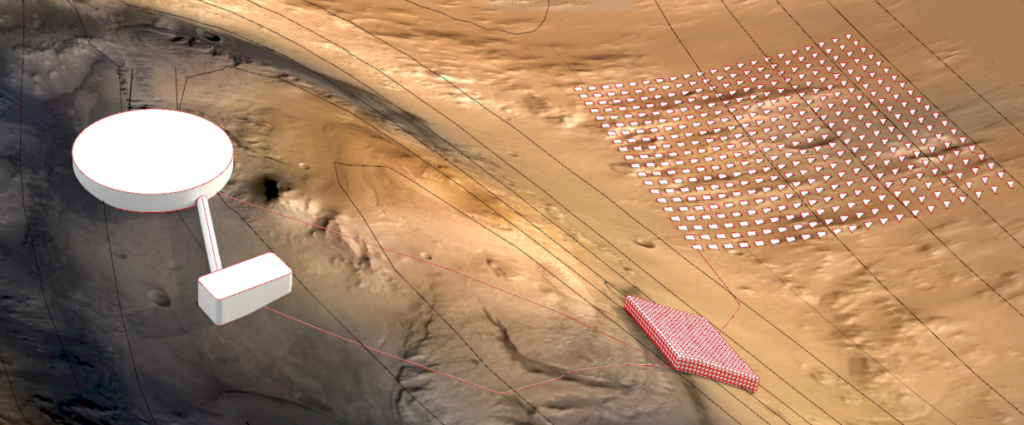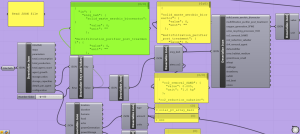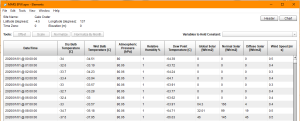Scalable, Interactive Model of an Off-World Community at NSTA
by Meridith Greythorne and Kai Staats
for the National Science Teachers Association (NSTA)
Abstract
The Scalable, Interactive Model of an Off-World Community (SIMOC) is a computer simulation of a human habitat on Mars. Built upon decades of NASA research and authentic science processes, SIMOC is both a research-grade simulation and an engaging web-based tool for science education. Users access an intuitive web interface to select mission duration, inhabitants and life support modules, crew quarters and greenhouse sizes, food rations and cultivar seeds, and energy production and storage systems.
SIMOC engages citizen scientists and learners of all ages in the design of long-duration other-world habitats (with an emphasis on Mars), where the balance between mechanical and plant-based life support will be crucial. For the past three years, SIMOC has enjoyed expanding engagement in virtual and physical classrooms, available for free via the National Geographic Education resource library or local installation.
Using a Next Generation Science Standards-aligned curriculum, educators have explored creative applications of SIMOC, from single class time simulations to Mars habitats built from cardboard boxes with live carbon dioxide sensors; from essays on the challenges of human space exploration to full semester design and fabrication of habitats complete with student-built mock-ups in miniature.




